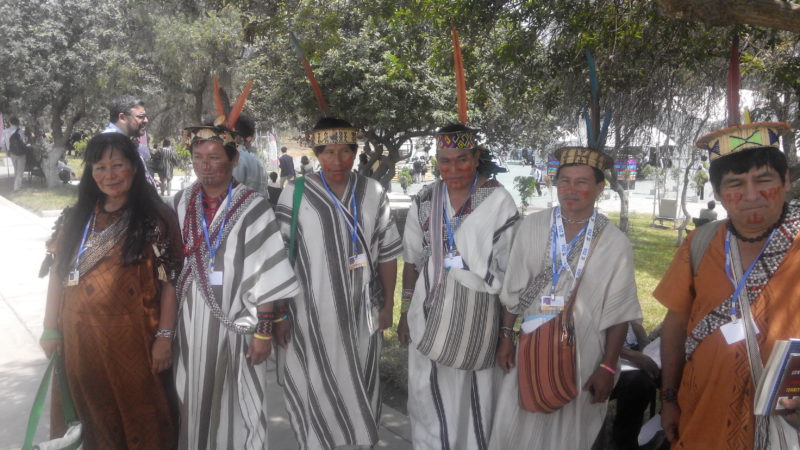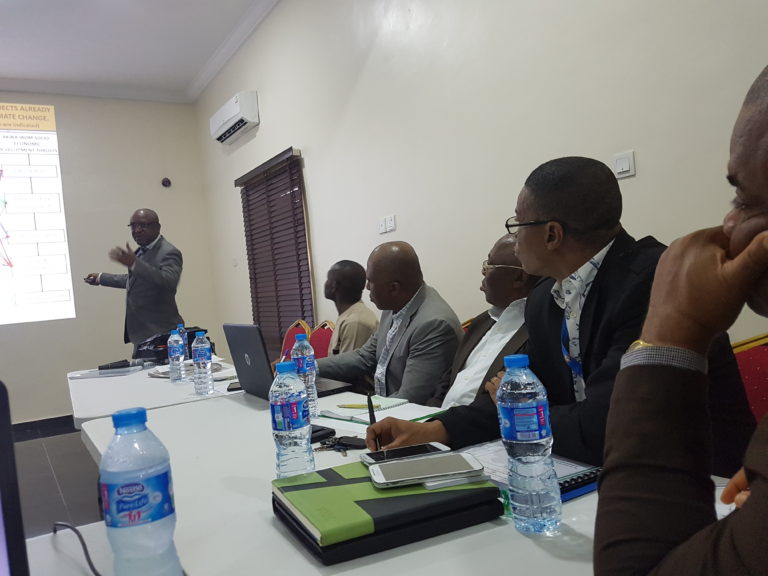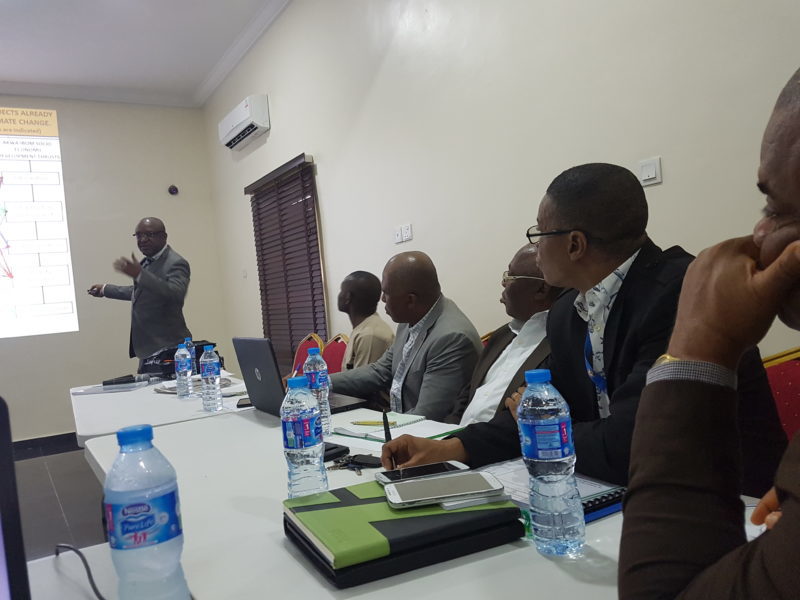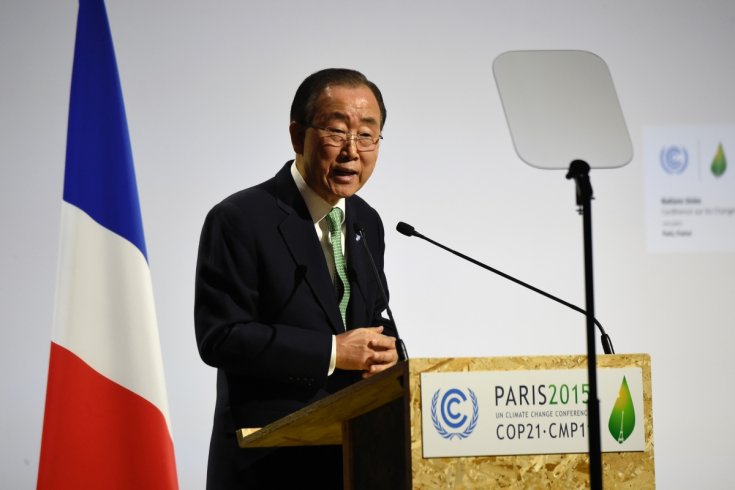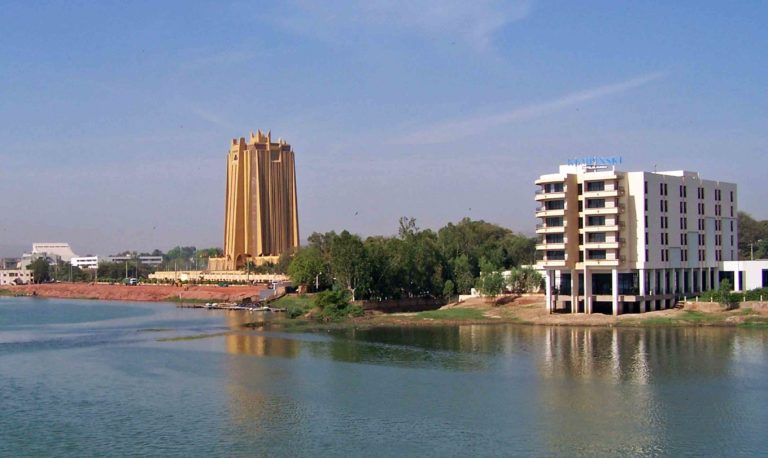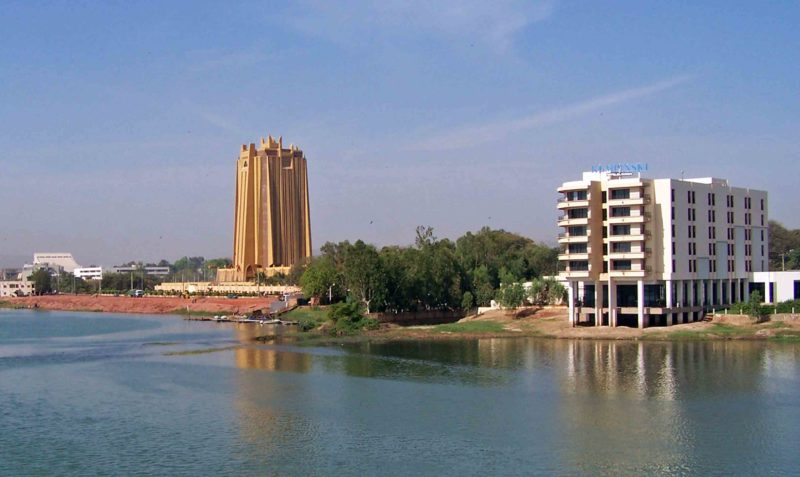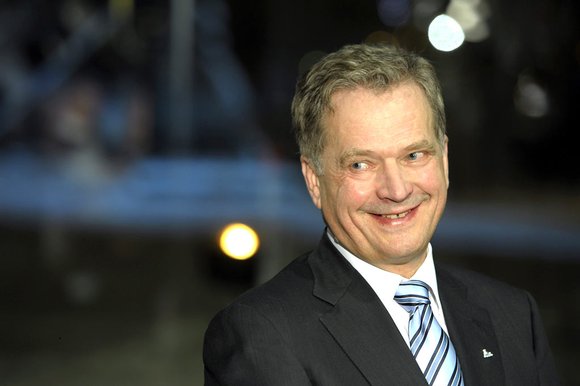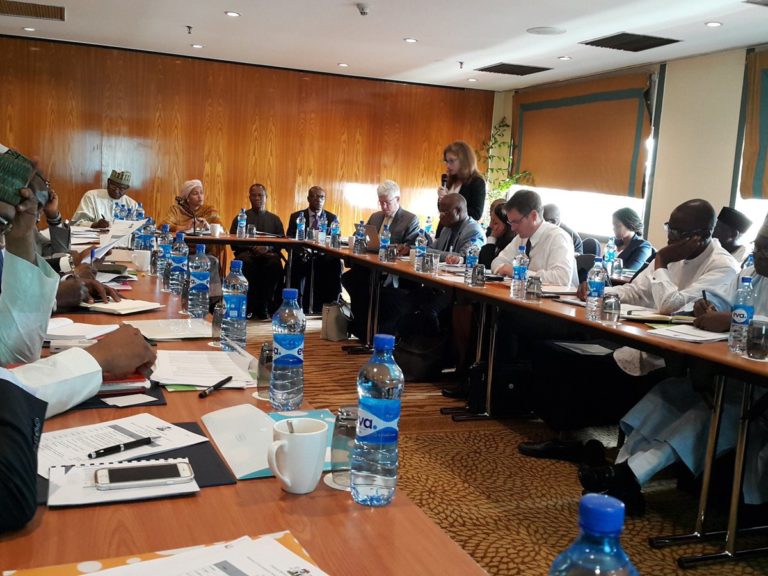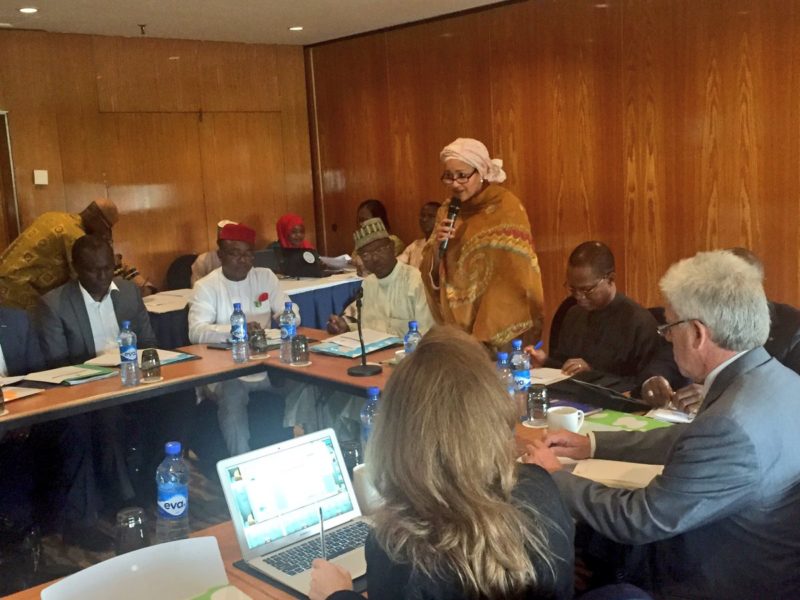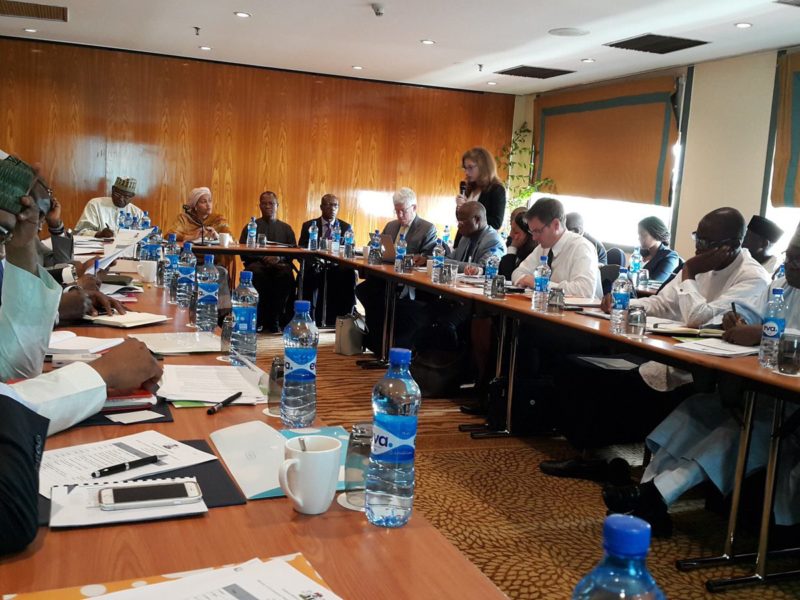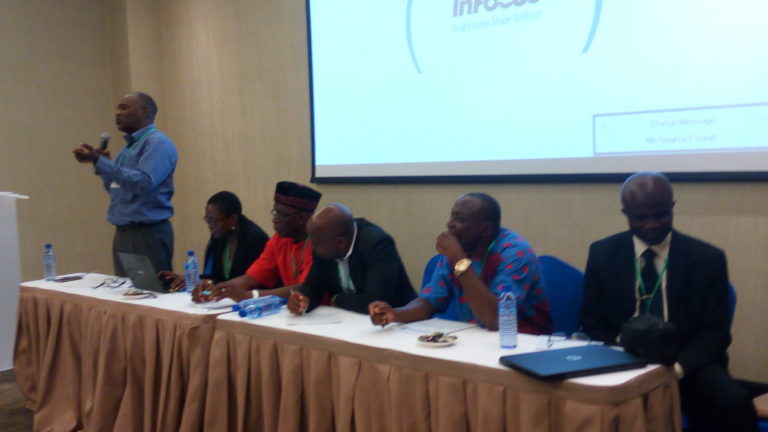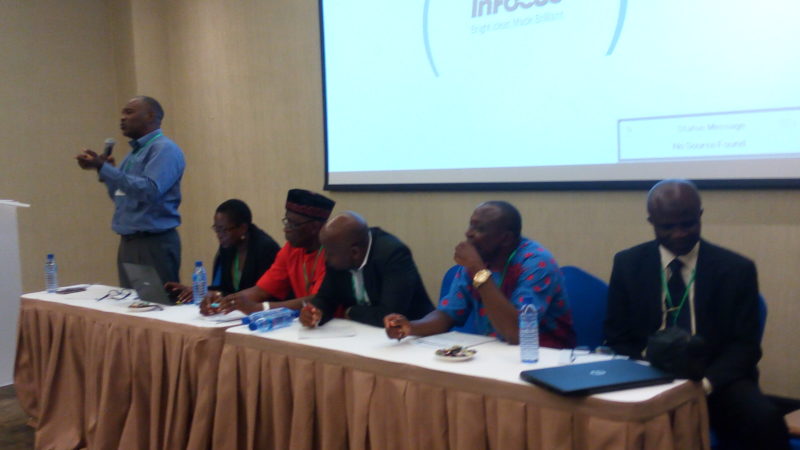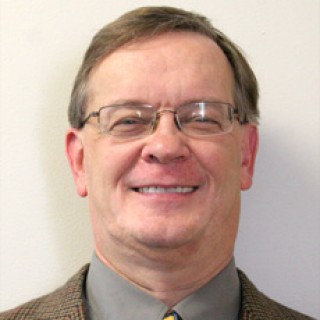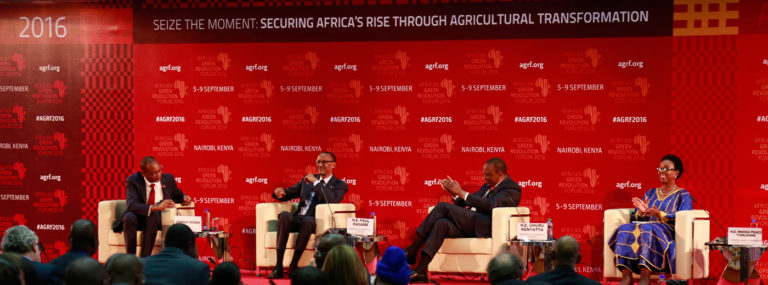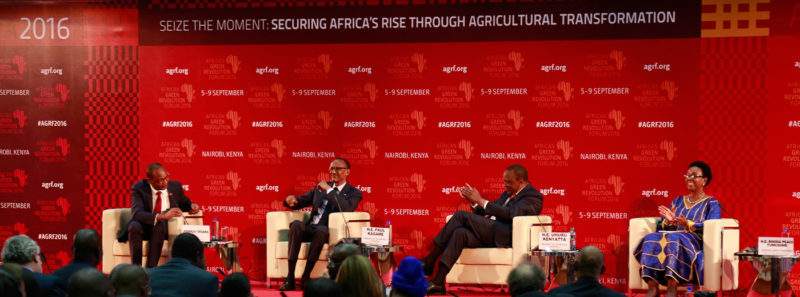Experience gained using markets in the Asia-Pacific region to combat climate change can help ensure success of the global climate change agreement adopted in Paris last December.
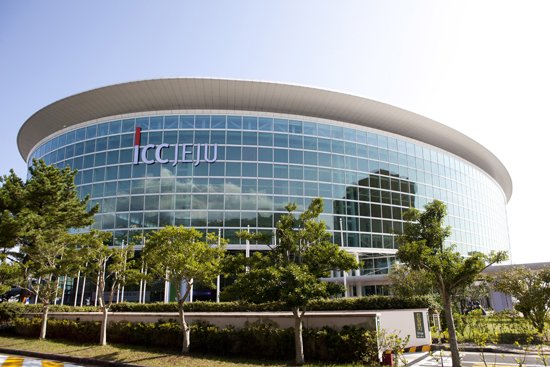
This was the consensus of the 300 participants, from 60 countries, at this year’s Asia-Pacific Carbon Forum that held recently in Jeju Island, Republic of Korea.
After three days of panel discussions, meetings and presentations, participants observed that:
- China has more than 10 years of experience with carbon markets, starting with emission reduction and development projects under the Kyoto Protocol’s Clean Development Mechanism (CDM), establishment of voluntary emissions trading, seven emissions trading system (ETS) pilots and plans for a national ETS in 2017.
- The Republic of Korea has had an ETS since 2015, becoming the second country in Asia to introduce a nationwide cap-and-trade system, which now covers about 530 businesses.
- Japan is pursuing a number market approaches to combat climate change, including a Joint Crediting Mechanism similar to the CDM, a system that awards offset credits to domestic entities that reduce emissions, a voluntary ETS and an ETS in the city of Tokyo.
- New Zealand has had an emissions trading system since 2008, designed to assist the country in meeting its international climate change obligations and reduce domestic emissions below business as usual. The system is currently being reviewed.
- Australia, after a few years of uncertainty and policy reversals, has stabilised its climate policy suite around its Emission Reduction Fund and the Safeguard Mechanism.
The Paris Climate Change Agreement, the gathering stressed, provides: for transferring mitigation outcomes, essentially emissions trading; a new Sustainable Development Mechanism; and a framework for non-market approaches. All three of these economic instruments, it was gathered, are described in Article 6 of the Paris Agreement.
“It was extremely encouraging to see the commitment of APCF participants to harness the carbon markets in achieving development outcomes, and as a climate and development practitioner I join in the effort,” said Rakshya Thapa, Regional Technical Specialist, United Nations Development Programme (UNDP). “I believe the carbon market is one of the most important instruments that can further the objectives of the Paris Agreement while simultaneously and coherently achieving Sustainable Development Goals.”
“The Forum drew together a wealth of experience in using market incentives to cut carbon emissions, whether in innovative climate finance or carbon trading,” said Dirk Forrister, President and Chief Executive Officer, International Emissions Trading Association (IETA). “It is encouraging to learn how the new markets in Korea, China and the global aviation industry are shaping a future vision of international cooperation in protecting the climate.”
“Delighted to see growing enthusiasm for the resurgence of carbon markets after the adoption of the Paris Agreement,” said V.K. Duggal, Senior Climate Change Specialist, Asian Development Bank (ADB).
“The forum brought together the emission trading community – governments, financial institutions, investors, donors and businesses – discussing a range of topics, including carbon markets, national mitigation actions, aviation, domestic carbon pricing systems, such as those in operation in the Republic of Korea and in China, and in development in Thailand and other jurisdictions,” said Niclas Svenningsen, Manager, Stakeholder and Relationship Management Unit, Sustainable Development Mechanisms programme, United Nations Framework Convention on Climate Change (UNFCCC) secretariat. “The event was useful to shape up collaboration in the region in linking markets and to achieve our long-term climate and sustainability goals through market instruments, including UNFCCC instruments such as the clean development mechanism.”
APCF 2016 was organised by the ADB, IETA, UNFCCC secretariat and the Institute for Global Environmental Strategies, in collaboration with the Global Green Growth Institute (GGGI).

